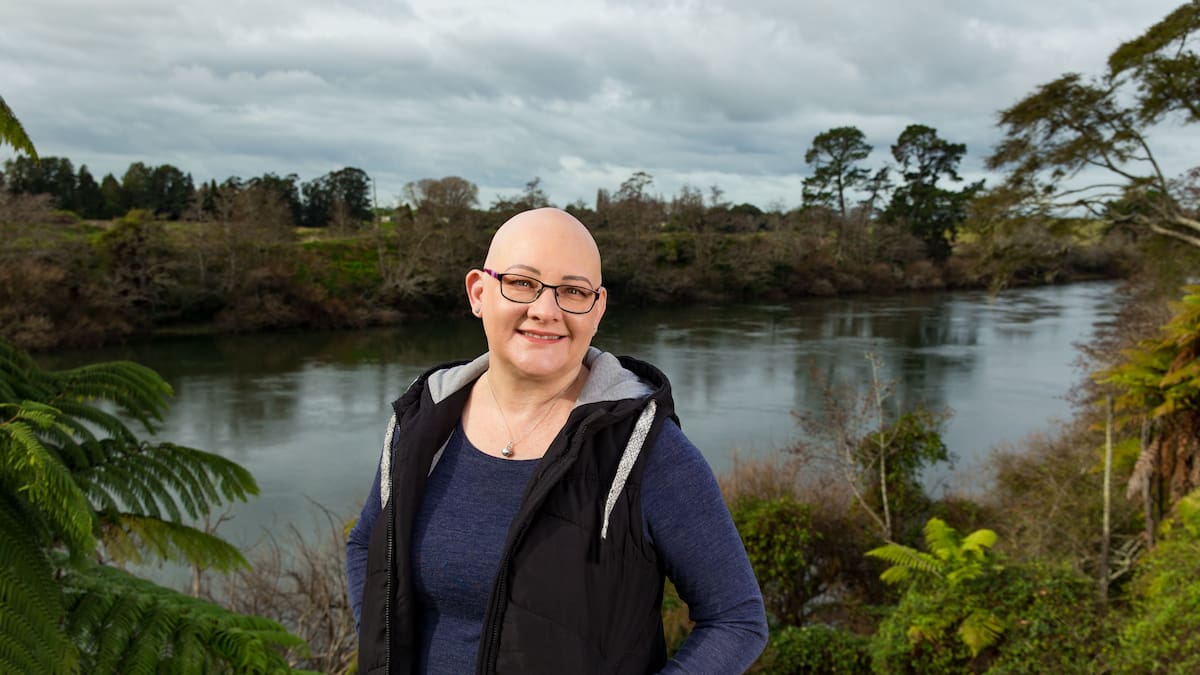The Waihou constituency comprises the entirety of the South Waikato and Matamata-Piako districts, Arahiwi (a small area within the Rotorua Lakes district) and part of the Hauraki district.
In April regional councillors voted 11 to one to modify the boundary of the Waihou constituency to include the Waihi and Paeroa rural areas to meet the requirements for fair representation before public consultation opened in May.
In discussion, some councillors expressed frustration that their decision-making would be based on electoral population data derived from the 2018 census.
Councillors had heard relevant census data from Statistics New Zealand would not be available until later this year – outside the statutory timeframes for decision-making.
While some regional councillors advocated for sticking with the status quo, which would make the Waihou constituency non-compliant, there was concern that decision-making would then fall to the Local Government Commission.
The commission would then be able to look at the composition of all constituencies, with the decision being made by those outside the region.
Ten submissions on the proposal were received, with three submitters being heard during the July council meeting.
In total, four submissions supported the proposal, while two opposed it.
Submitters shared a range of views on representation, including on the number of elected members, Māori constituencies, and reliability of census data and population projections.
Chair Pamela Storey said submitters, including from the University of Waikato, talked to the region being one of the fastest growing in the country, but not growing equally in all areas.
“With this in mind, it’s essential that we have the best information available to us when we’re making decisions on fair representation for our communities.
“We appreciate the time taken by submitters to provide their feedback and share the frustration around the most recent census data not being available in time to enable better informed decision making. That’s a point we’ll be taking to the Local Government New Zealand conference in August,” she said.
The decision would be publicly notified by August 2, providing the opportunity for appeals to be lodged by submitters.
Any appeals received would be forwarded to the Local Government Commission for a final determination.
During the meeting, the council also confirmed it would next revisit its representation arrangements in 2027, taking account of insights from the 2023 census data.
The decision followed a review of representation arrangements, which must be carried out every six years to ensure compliance with the Local Electoral Act 2001 and the principles outlined in the Local Government Act 2002.
The last review was in 2018 for the 2019 and 2022 elections.





